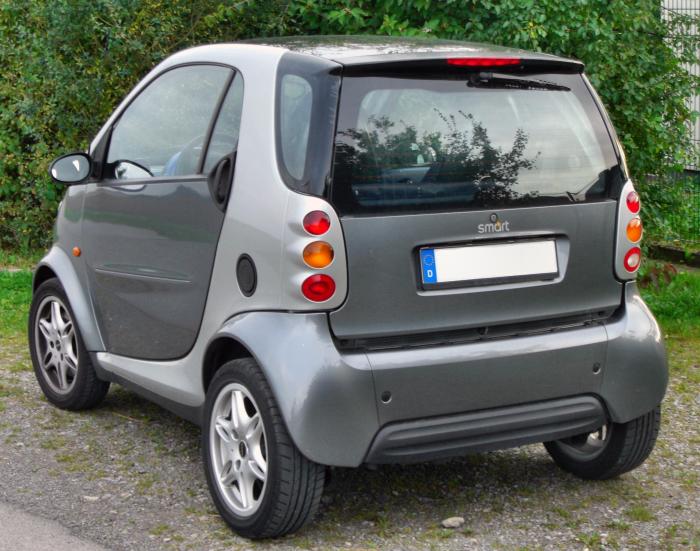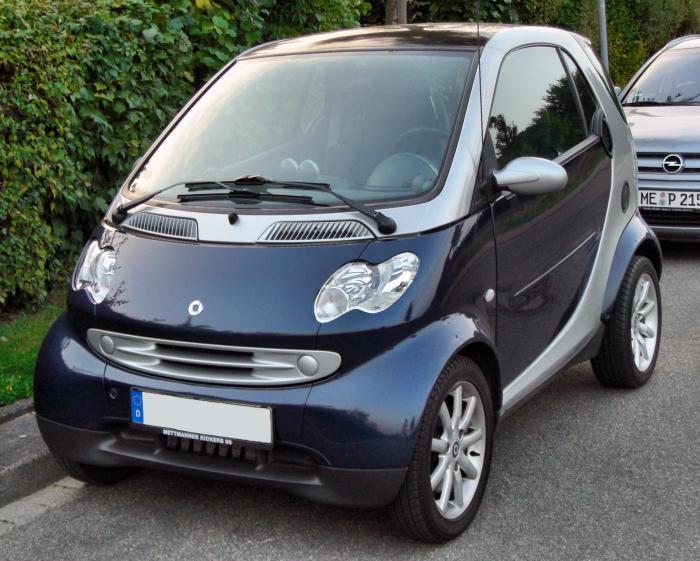Smart Home Hubs: Do You Really Need One? It’s a question many tech-savvy homeowners are asking as they embrace the convenience of connected living. Imagine controlling your lights, thermostat, and security system from a single device—sounds appealing, right? In this digital era, smart home hubs act as the brains behind the operation, streamlining the way our devices interact and elevating our living experience. As smart technology continues to evolve, understanding the role of hubs in this ecosystem becomes essential.
From their conception to the advanced models available today, smart home hubs have transformed the way we manage our homes. With benefits ranging from increased energy efficiency to enhanced security measures, these devices have garnered attention. However, as we delve deeper into the world of smart home technology, it’s critical to weigh the advantages and potential drawbacks of adopting a smart home hub.
Introduction to Smart Home Hubs: Smart Home Hubs: Do You Really Need One?
Smart home hubs serve as central command points for various smart devices within a household, enabling seamless communication and control. These hubs aggregate data from multiple devices, allowing users to manage everything from lighting to security systems through a single interface. The evolution of smart home technology has seen hubs transition from mere connectors to sophisticated systems that enhance user experience and home automation.
The rise of smart home technology can be traced back to the growing demand for automation and convenience in daily life. Initially, devices operated independently, leading to a fragmented user experience. However, with the development of smart home hubs, homeowners can now integrate devices from different manufacturers, creating a cohesive ecosystem. The benefits of incorporating a smart home hub include simplified control, improved interoperability, and the ability to automate routines that enhance daily living.
Types of Smart Home Hubs
Smart home hubs come in various forms, each tailored to different user needs and preferences. Here are some common types of hubs available in the market:
- Universal Hubs: These hubs are designed to work with a wide range of devices from different manufacturers, providing flexibility and extensive compatibility.
- Brand-Specific Hubs: Companies like SmartThings and Amazon Echo offer hubs that primarily support their own devices but may have limited compatibility with third-party products.
- Voice Assistant Hubs: Devices like Google Nest and Apple HomePod double as hubs and voice-activated assistants, allowing for hands-free control of smart devices.
The following table compares popular smart home hub models based on their features and capabilities:
| Hub Model | Compatibility | Voice Control | Automation Options |
|---|---|---|---|
| SmartThings Hub | Wide range of devices | Amazon Alexa, Google Assistant | Advanced automation rules |
| Amazon Echo Plus | Amazon devices and Zigbee-compatible devices | Amazon Alexa | Basic automation |
| Apple HomePod | Apple devices and HomeKit-compatible devices | Siri | Smart home scenes |
Advantages of Using a Smart Home Hub, Smart Home Hubs: Do You Really Need One?
Integrating a smart home hub into a household offers several advantages that can significantly enhance user experience. One of the primary benefits is convenience; users can control multiple devices from a single app or interface, eliminating the need for numerous remote controls or apps.
Certain smart home hubs enhance security features by allowing users to monitor their homes in real-time, receive notifications of unusual activity, and integrate with security cameras and alarms. For example, a hub can automatically lock doors at night and notify homeowners if any unauthorized access occurs.
Additionally, smart home hubs can improve energy efficiency by enabling users to schedule device operation. For instance, smart thermostats can learn user preferences and adjust heating or cooling to optimize energy use, resulting in lower utility bills.
Potential Drawbacks of Smart Home Hubs

Despite their many benefits, users may encounter common concerns and limitations associated with smart home hubs. One significant issue is compatibility; not all devices are designed to work with every hub, leading to frustration when trying to integrate products from different brands.
Users may also experience connectivity issues, especially if the hub relies on Wi-Fi. Intermittent connection can disrupt the smooth operation of automated routines. To address these concerns, here are some troubleshooting steps for common problems faced with smart home hubs:
- Ensure that the hub is updated to the latest firmware.
- Check Wi-Fi connectivity and signal strength in the area of the hub.
- Restart the hub and the connected devices to refresh the connection.
- Verify device compatibility with the hub before purchasing new devices.
Smart Home Hub Setup and Configuration
Setting up a smart home hub is a straightforward process that involves several key steps. Start by placing the hub in a central location within the home to ensure optimal connectivity with all devices. Once powered on, connect the hub to your home Wi-Fi network using the accompanying app.
The configuration process for various smart devices typically requires adding them through the hub’s app. Most hubs provide step-by-step instructions for syncing devices like lights, cameras, and thermostats.
A checklist for effective smart home hub installation includes:
- Stable Wi-Fi connection.
- Compatible smart devices.
- Access to the hub’s mobile app.
- Knowledge of each device’s setup procedure.
Smart Home Hubs vs. Direct Device Control
The choice between using a smart home hub and controlling devices individually can significantly impact user experience. While direct control allows users to manage devices separately, a hub offers centralized management, which can streamline automation.
In scenarios where multiple devices need to work together, such as setting up a “Good Night” routine that turns off lights and locks doors, a hub adds substantial value.
The following table Artikels the pros and cons of using a hub versus direct control for common smart devices:
| Method | Pros | Cons |
|---|---|---|
| Smart Home Hub | Centralized control, advanced automation, better interoperability | Initial setup complexity, potential compatibility issues |
| Direct Control | Simplicity, no additional cost | Limited automation, fragmented user experience |
Future Trends in Smart Home Technology

The future of smart home hub technology is bright, with emerging trends indicating a shift towards greater interoperability between devices. As manufacturers strive to create devices that communicate seamlessly, hubs will likely become more intuitive, adapting to user preferences and routines.
Advancements in artificial intelligence and machine learning are predicted to enhance hub functionality, enabling smarter automation and predictive maintenance. For instance, hubs could learn when users typically arrive home and adjust settings accordingly, improving energy efficiency and convenience.
Moreover, as smart technologies continue to evolve, we can expect hubs to offer more personalized experiences, ensuring that each household can tailor their smart home systems to meet specific needs effectively.
User Experiences and Testimonials
User feedback plays a crucial role in understanding the real impact of smart home hubs. Many users have reported enhanced convenience and increased security after integrating a hub into their homes.
Case studies reveal that families utilizing smart hubs have experienced improved energy management and peace of mind through automated routines. One user mentioned how their smart hub allows them to control everything from lights to climate settings with voice commands, simplifying daily tasks.
“Having a smart home hub has completely changed our lives. We can set up routines that automatically adjust the lights and temperature when we leave for work, and it’s comforting to know we can monitor our home security from anywhere.” – Happy Smart Home User
In conclusion, smart home hubs represent a pivotal advancement in home automation, providing users with the tools necessary to create a more connected, efficient, and secure living environment.
Wrap-Up

In conclusion, the decision to integrate a smart home hub into your living space comes down to weighing the convenience and efficiency against potential limitations. As technology continues to advance, smart home hubs offer a glimpse into a future where our homes are more interconnected than ever. Whether you’re contemplating a switch or just curious about the possibilities, understanding the nuances of smart home hubs can empower you to make informed choices for a smarter, more efficient home.